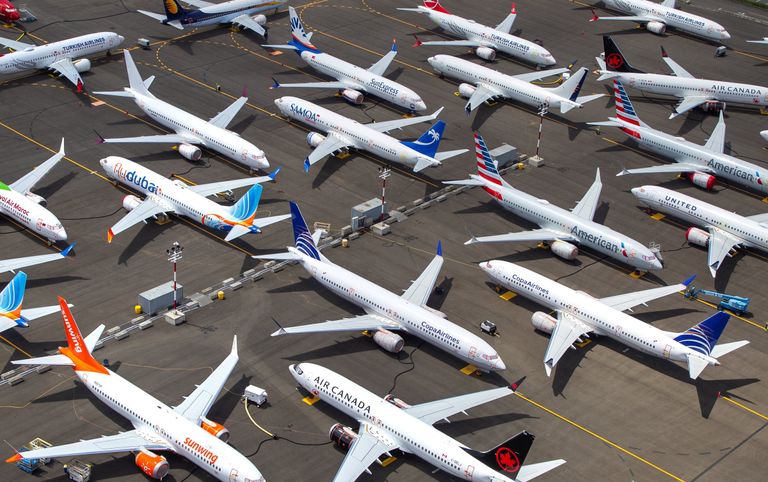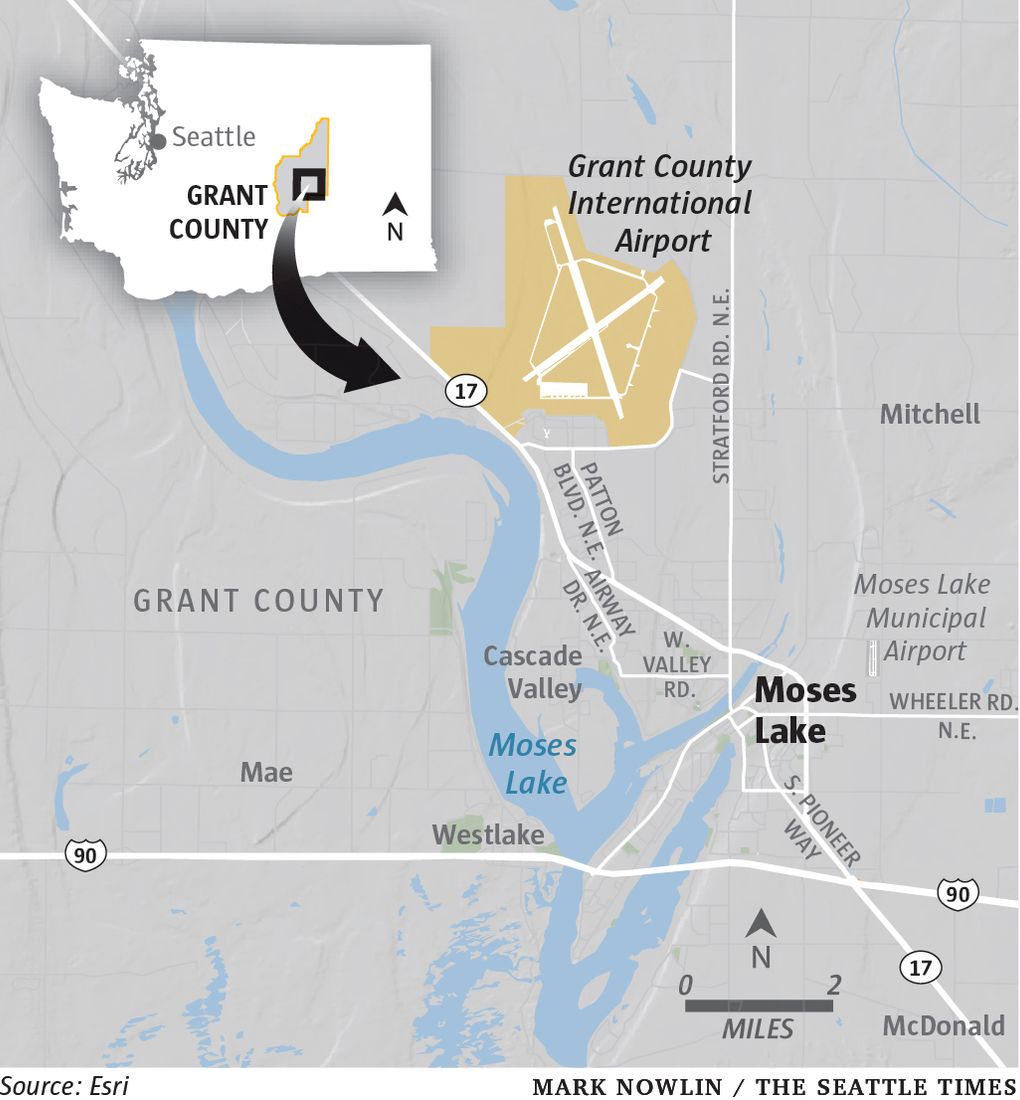News, Ideas, Tips, Great Fixes ......
Boeing will hire hundreds..... as it prepares for 737 MAX’s return to service
From The Seattle Times

Boeing will hire hundreds of temporary employees at Moses Lake as it prepares for 737 MAX’s return to service.
By Dominic Gates
Boeing said Tuesday it will begin hiring a few hundred temporary employees at Moses Lake to work on the grounded 737 MAX fleet and prepare the planes for return to service once regulators gives them clearance to fly again.
The company, which will provide paid housing and a meal allowance for the temporary hires, is looking for avionics technicians, aircraft mechanics, airframe and engine mechanics, and aircraft electricians.
The marshaling of resources indicates Boeing’s confidence that the Federal Aviation Administration (FAA) could grant approval to fly passengers on the 737 MAX again in little more than two months from now.
When regulators finally clear the MAX to return to service, all the grounded airplanes worldwide will need to have installed a new software package designed to fix the MAX’s flawed flight-control system — the Maneuvering Characteristics Augmentation System (MCAS). That’s the system that was implicated in the crashes of the Lion Air MAX in Indonesia last October and the Ethiopian Airlines MAX in March, killing a total of 346 people.
In addition, because all the jets will have been parked for at least six months by the time final clearance is given, each will require extensive maintenance work on the engines and other systems, followed by a couple of check flights to make sure everything is working well.
Boeing said all undelivered MAX airplanes that it has stored outside the Puget Sound region will be flown to Seattle and Everett for delivery to airline customers when the jets are ready to resume commercial flights. Moses Lake will serve as a nearby staging ground to do some of the maintenance work ahead of the deliveries.
Boeing is not providing details on the number of airplanes now parked, or the capacity, at each of those locations.

The timing of the jet’s return to service worldwide remains unclear. The FAA is expected to approve a return to flight first, and for training it may require only that U.S. pilots complete an online course on a computer to update them on the new MAX system.
Regulators abroad may be slower in approving a return to flight, and some are likely to require full flight-simulator training for pilots. That’s because of concern that less-experienced pilots need hands-on practice in how to cope with the type of emergency that arose on the two crashed flights, when uncommanded movement of the horizontal tail repeatedly pushed down the nose of the plane.
When you subscribe to the blog, we will send you an e-mail when there are new updates on the site so you wouldn't miss them.